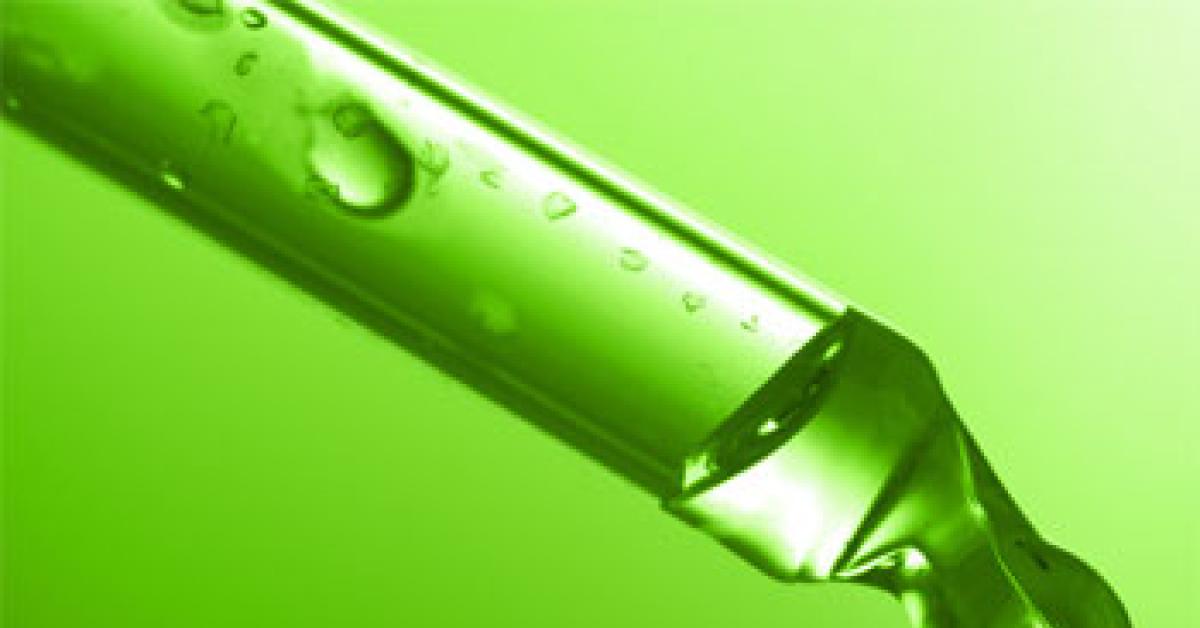CONCORD, N.C. — In order to honor reader requests and continue a tradition, this month’s column addresses some of the more common “land mines” awaiting the professional cleaner during the holiday period.
Party clothes can be a great source of income if you have earned the respect of potential customers and have built a reputation for reliable stain removal.
OIL AND BUTTER
When tablecloths and napkins containing oil and butter are put away, those substances will oxidize. This type of stain is relatively easy to remove when treated early, but the stain will turn deep yellow to brown over time.
Treat oxidized oil with paint-oil-grease remover (POG) on the dry side. Allow the garment to sit for at least an hour before dry cleaning as normal. If this procedure fails to completely remove the stain, repeat it. If the stain still remains, your last option is using KOH solution, made by mixing one-quarter tablespoon of potassium hydroxide into a quart of butyl alcohol. Apply the KOH solution on the dry side and allow the garment to sit for an hour. Tamp and re-clean the area to remove the remaining stain.
DYES AND METALLICS
The social events of the holidays bring out brightly colored garments and metallic trim. Dyed party garments are easily damaged if handled poorly. Most are over-dyed to produce their bright shades and are prone to excessive bleeding and dye crocking. Moisten a white towel with general pre-spotter and rub the garment lightly to test the dye. This will give you a reliable indication of the extent to which the garment will transfer its dye.
These bright colors are also subject to chafing from even moderate mechanical action. If chafing does occur, using mineral oil or spraying with a garment-grade silicone spray can possibly mask it.
Holiday garments often contain metallic thread as part of the garment or as a type of trim. To improve garment safety, run items containing metallics in a fine mesh bag. Never use rust remover on a garment containing metallic thread, as it will severely damage the thread. When spotting metallic thread, go slow and hold the steam gun farther from the stain than normal.
Stamp prints, usually for a specific holiday, are common. These prints are made using paint. They are sensitive to solvent and removed by POG. With the advances in equipment and chemistry, wet cleaning should always be considered for cleaning a stamp print. If you choose to dry clean a stamp print, use a short cycle to reduce contact with the solvent.
SAUCES, DIPS AND UPSET STOMACHS
Every holiday party has an array of sauces and dips, and these lead to drips — gifts for the professional cleaner. Wet side is the starting point for these stains. Flush with steam, apply neutral synthetic detergent and mechanical action, then flush with steam again. After drying the area, apply a leveling agent and dry clean as normal.
The combination of holiday foods and alcoholic beverages can lead to an upset stomach. This could will result in that food—how can I put this delicately?—coming back up to stain the garment. The combination of stomach acid and alcohol can easily cause damage to the garment’s color that is many times only apparent after cleaning. Brush away any solid matter. Wet the area with cool water (not steam) over the vacuum nose of the spotting board while using the vacuum. Apply NSD and flush with cool water (heat could cause color loss from the stomach acid and the alcohol). Repeat the use of cool water and NSD until you are sure the treatment is no longer effective. If “standard” spotting procedures are necessary, continue to use cool water from a spotting bottle to flush the chemical tool after using light mechanical action.
CANDLE WAX
Candles of every color can be found during the holidays. Dry cleaning usually removes melted wax, but it occasionally may require the help of a POG to do so. If there is any dye left behind, it will have to be removed by spotting and/or bleaching. After placing the stain over the vacuum nose of the board, flush the stain with steam. Apply NSD and light mechanical action, then flush with steam. If the stain remains, apply tannin formula and mechanical action. If any stain remains, neutralize the area with protein spotter, apply a small amount of sodium perborate to the stain, then heat and melt the bleach using just a wisp of steam from the nose of the steam gun. When the stain is removed, apply acetic acid or tannin formula to neutralize the sodium perborate.
ACETATE VELVET
The little red acetate velvet dress with a white collar is a favorite of mothers dressing their young daughters at Christmas. When you add holiday food and candy to the mix, this dress will potentially be a challenge for any professional cleaner.
Acetate velvet does not respond well to water. It is oversized to keep the nap standing. The slightest combination of moisture and pressure will result in flattening of the surface that is irreversible. A candy cane usually leads to drooling of food coloring on the white collar. It is best to spot the collar first and use dry-side spotters on the acetate dress. Do not touch the acetate if it gets wet, as this will leave fingerprints.
Start the dress on the dry side with a general spotter/leveling agent. Apply extremely mild mechanical action and let the garment hang for at least 15 minutes. Run on a short cycle and inspect for stains. Finish with only buck steam, or on the suzy with light steam and no pressure. A light brushing using a horsehair brush will enhance the nap.
Never turn away a garment. Use those special holiday garments to gain the confidence of a new group of customers.
Have a question or comment? E-mail our editor Dave Davis at [email protected].

